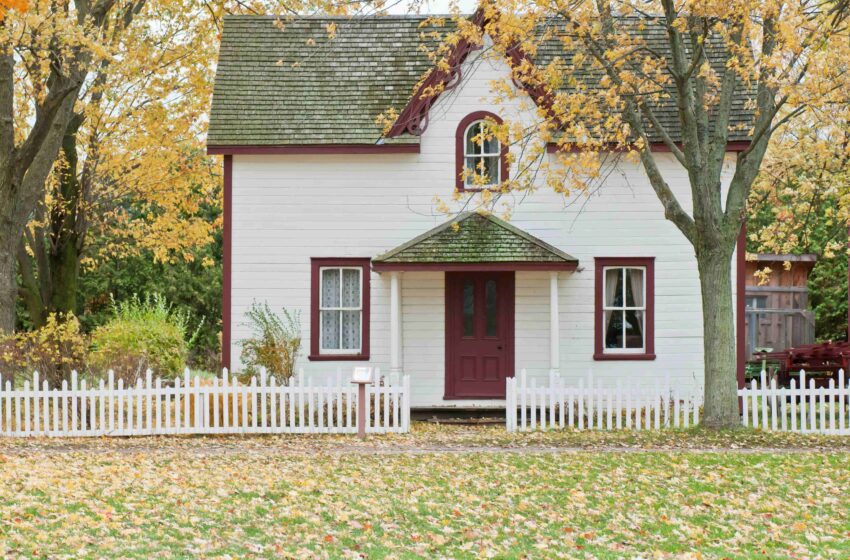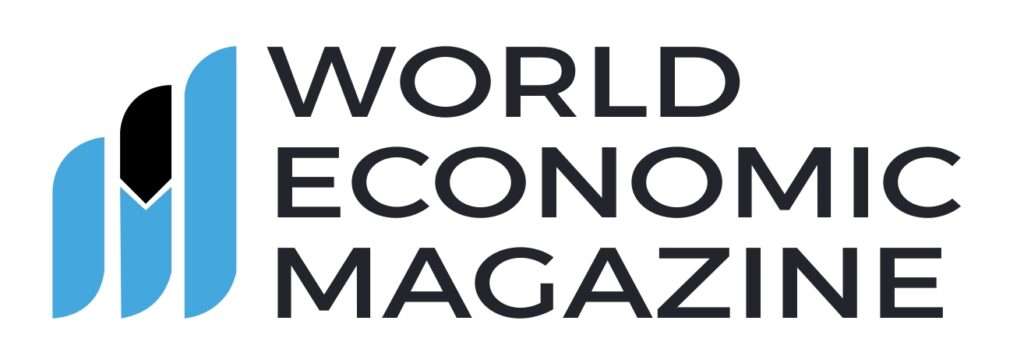
The Growing Divide: Homeownership vs. Renting in America
The housing market in the United States has undergone significant changes over the past few years, amplifying the financial disparity between homeowners and renters. With rising home prices and persistently high mortgage rates, homeownership remains a distant dream for many, while existing homeowners enjoy increasing wealth. This widening wealth gap underscores the challenges renters face in building financial stability compared to the opportunities homeownership provides.
Wealth Disparity: A Stark Contrast
Recent data from the Aspen Institute reveals a gaping disparity between the net worth of homeowners and renters in America. As of 2022, the median homeowner boasts a net worth of $400,000, while the median renter’s net worth lags far behind at just $10,400. This means homeowners typically have almost 40 times more wealth than renters, highlighting the significant role homeownership plays in building long-term financial security.
This wealth divide isn’t solely due to home equity. Nearly 80% of homeowners also invest in appreciating assets such as retirement accounts, stocks, bonds, and additional real estate. In contrast, only 48% of renters own such assets, compounding their financial challenges.
| Category | Median Net Worth | Investment in Assets |
| Homeowners | $400,000 | 80% |
| Renters | $10,400 | 48% |
Rising Costs of Renting
Renters across the country have faced significant financial pressure as rents have steadily climbed over the years. After a brief dip during the onset of the COVID-19 pandemic, rents have since spiked dramatically, further straining household budgets.
Elizabeth Grantham, a 31-year-old who recently transitioned from renting to homeownership, shared her struggles with ever-increasing rents in the San Francisco Bay Area. “Our rent was getting raised every year,” she said. Even parking spaces at her apartment complex became more expensive. Frustrated with this cycle, Grantham moved to Washington state, where she could save up for a home.
A First Step Toward Homeownership
Grantham’s story illustrates the determination required to break free from the renting cycle. After saving diligently, she and her partner are set to close on a two-bedroom, one-bathroom starter home in Tacoma, Washington. Though their monthly mortgage payment will exceed their previous rent, Grantham views it as a worthwhile investment: “At least we’re kind of paying ourselves.”
For many, however, the dream of owning a home feels increasingly unattainable. Rising home prices, coupled with high mortgage rates, create a formidable barrier to entry. The median sales price for existing homes reached $407,200 in October, marking the 16th consecutive month of year-over-year price gains. Meanwhile, the average 30-year fixed mortgage rate hovers around 6.6%, with some borrowers facing rates as high as 7.2%.
The Role of Homeownership in Wealth Building
Owning a home has long been considered a cornerstone of financial security in the U.S. Home equity, which grows as homeowners pay down their mortgages and property values appreciate, is a significant driver of wealth. However, renters face a different reality. Without homeownership, renters often find themselves funneling money into housing without building any equity, effectively increasing the wealth of their landlords instead of their own.
This financial imbalance is further exacerbated by government incentives that heavily favor homeowners. Programs offering mortgage tax deductions and tax breaks on home sales benefit property owners but provide no equivalent support for renters.
Barriers Beyond Housing Costs
The financial challenges renters face extend beyond high rents. Renters are also more likely to carry burdensome debt, including student loans, and have less access to investment and retirement accounts. Research shows renters are less likely to open financial accounts that could help grow their wealth outside of homeownership.
Shane Phillips, a researcher at UCLA, highlights the systemic issues: “We do a lot to incentivize homeownership… but the current conditions make it harder for people who don’t already own homes or considerable wealth to get on that housing ladder.”
Signs of Relief for Renters
While the challenges remain significant, there are glimmers of hope for renters. The rental market is showing signs of cooling, with November rent prices dipping more than usual. A Zillow report revealed that nearly 39% of rental listings offered concessions such as discounted rent or waived fees, a record high.

Additionally, a construction boom in the rental sector may further ease the pressure. Approximately one million new multifamily units are expected to hit the market in 2024, representing a 50-year high in rental construction. This increased inventory could stabilize rents and provide more affordable options for renters.
Steps Renters Can Take
Although homeownership remains a major wealth generator, renters can take steps to improve their financial outlook:
- Invest in Financial Assets: Opening retirement accounts, investing in stocks, or purchasing bonds can help grow wealth independently of housing.
- Explore Affordable Housing Options: Consider relocating to areas with lower costs of living, as Grantham did.
- Budget for Savings: Allocating a portion of income toward long-term savings can create opportunities for future investments, including homeownership.
A Look Ahead
As the housing market continues to evolve, the divide between homeowners and renters underscores the importance of addressing systemic barriers to financial equity. For renters, the journey to homeownership may be challenging, but with strategic planning and support, achieving this milestone remains within reach.
Elizabeth Grantham’s story serves as a beacon of hope for those striving to transition from renters to homeowners. While the challenges are real, the promise of building wealth and stability through homeownership remains a powerful motivator for millions of Americans.






